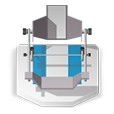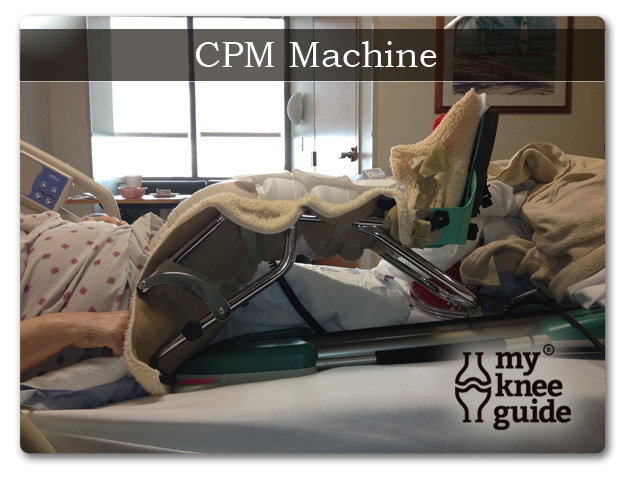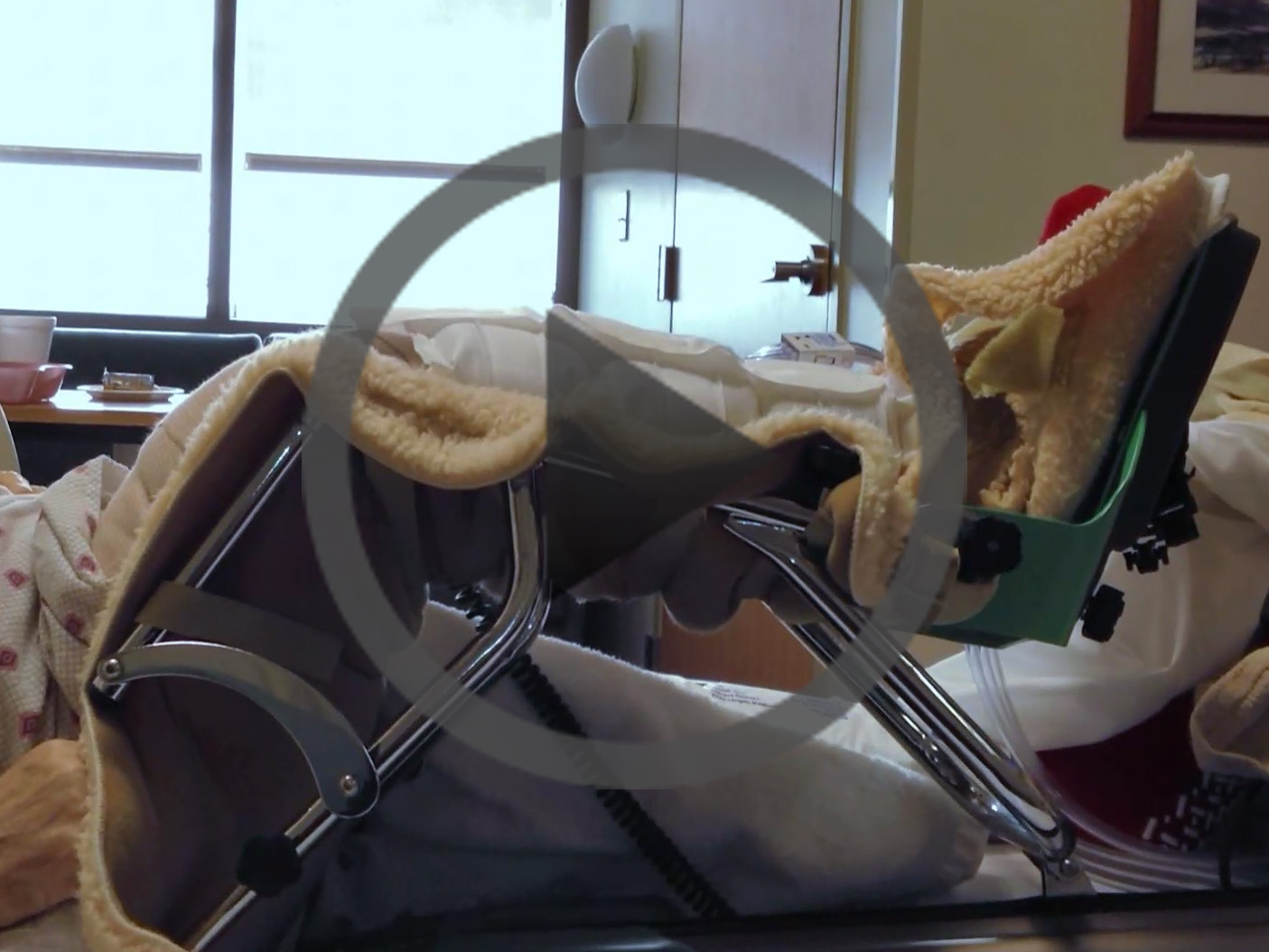
A Continuous Passive Motion (CPM) machine may be used by the patient during their hospital stayhospital stay, and is sometimes used up to 3 weeks following surgery. The purpose of the machine is to help achieve and maintain good motion after knee replacement surgeryknee replacement surgery . Not all surgeons require a patient to use a CPM during the hospital stay or after being discharged from the hospital.
The CPM will move the knee through a range of motion without the patient needing to use his or her muscles to move the leg. There are several different protocols that a surgeon may use for this machine. The most typical protocol is to have the machine start with a pre-defined amount of knee flexion, then increase this amount on a daily basis.
If a CPM is used, make sure all of your skin is well padded. The leg can be susceptible to developing a pressure sore if the machine is not applied properly. While you are in the hospital, the nurse and/or physical therapist will assist you with applying and removing the CPM machine.
In past years, most surgeons have traditionally used the CPM machine on their patients. However, more recently, the efficacy of the CPM has come into question and many surgeons have stopped requiring their use. Over the last decade there has been many studies to determine if the CPM provides improved patient outcomes. In 2013, a systematic review of the best of these studies was performed and revealed some conclusions about the use of continuous passive motion after knee replacement continuous passive motion after knee replacement. The results of using a CPM can be categorized into specific outcomes as follows:
- Very small increase of knee flexion (2% improvement)
- Small decrease in pain post-operatively (4% reduction)
- Very small decrease in function of the knee post-operatively (2% reduction)
- Very small increase on "quality of life" indicators (1% improvement)
- Small decrease in the risk of needing a manipulation under anesthesiamanipulation under anesthesia for poor motion (4% reduction)
- Very small decrease in risk of adverse events (1% reduction)
This analysis brings into question whether using a CMP provides any significant clinical benefit to the patient. Weighing these results against the time commitment to using the CPM, and the increased costs of renting the machines has prompted many surgeons to stop routinely using the CPM after knee replacement surgery.


The decision for using the CPM is ultimately between the surgeon and the patient. Currently, most insurance companies in the United States continue to provide benefits that include the rental of the CPM machine for home use. These will generally be provided by a home health carehome health care company.















